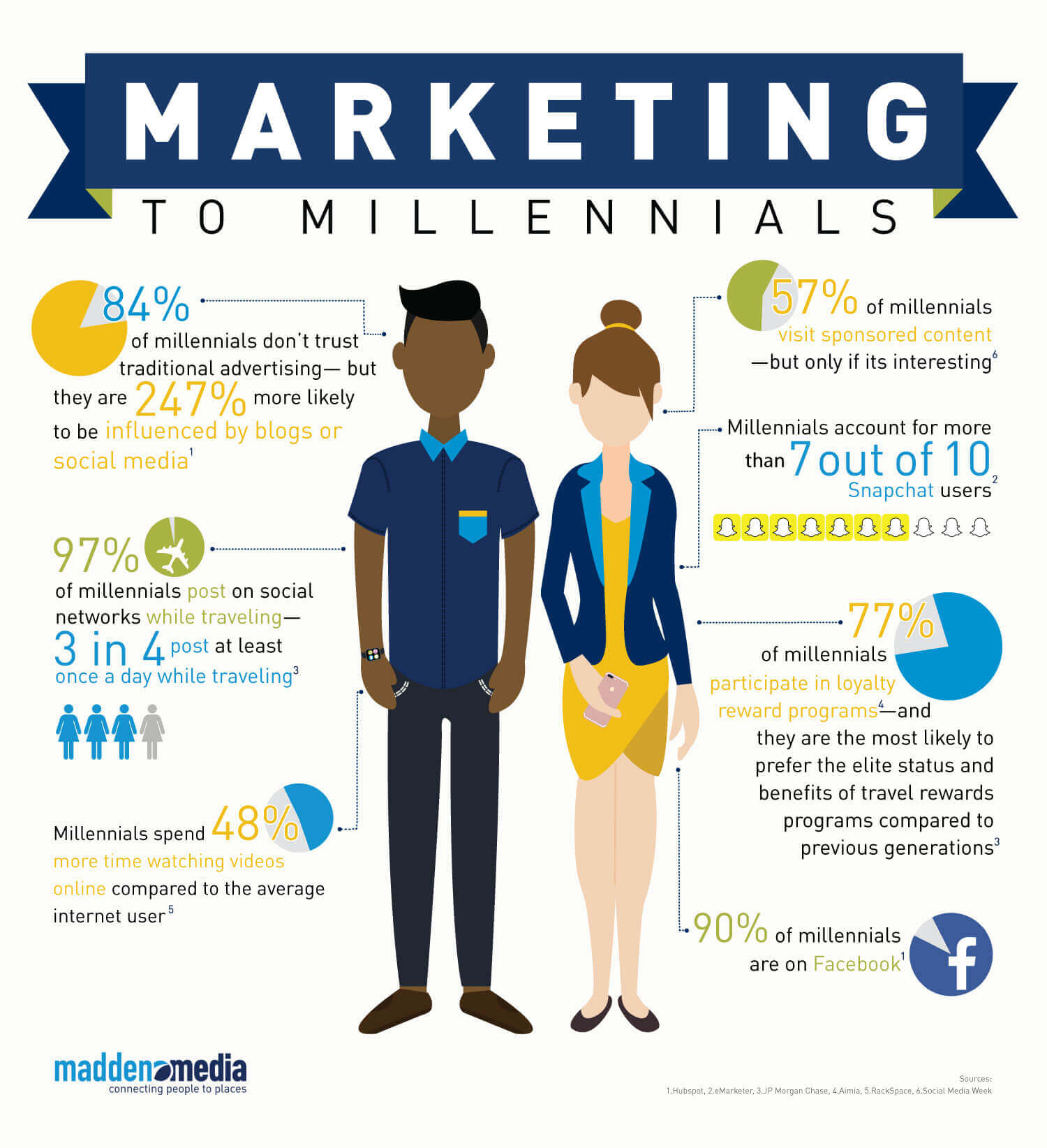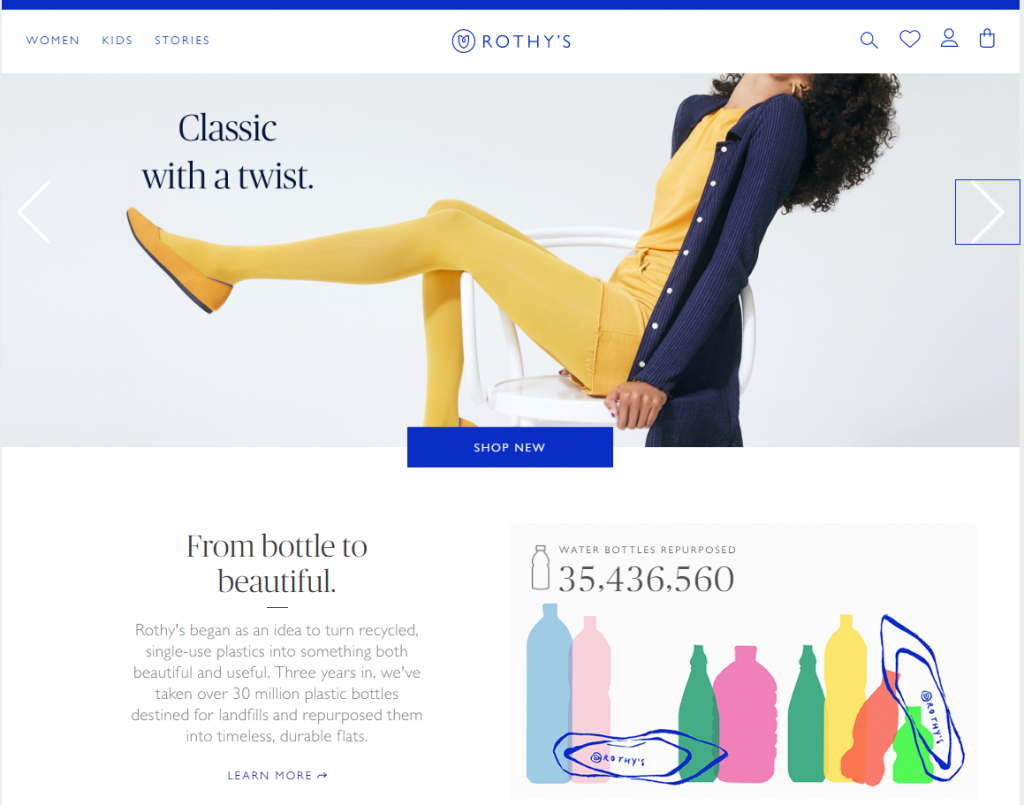This has nothing to do with religion, so that might have been clickbait. In the world of omnichannel marketing, I’m talking about the holy trinity as: the product one sells, the service one provides to customers, and the mission by which one runs a company.
The purpose of this post is that I want to highlight some examples of some very positive online shopping experiences I had recently (not Amazon!) and commend both small and large companies for their bravery in maintaining their autonomy against Jeff Bezos.
A quick background on me: I’m a millennial. I’m also the youngest at my company. My adolescence took place in the 1990’s at a time where the personal computer consisted of the computer device itself connected to a large, clunky monitor; where America Online and dial-up internet became my father’s daily fascination; and where my mother once told me to stop using Lycos.com (started in 1994) and instead, use this new search engine called, Google.com in the late 90’s. Fast forward to 2019 and to millennials, technology is our second nature – though I maintain that Gen Z kids are the world’s fastest texters. We grew up right alongside tech’s major growth spurt in the late 90’s to early 10’s. And to that end, we spend an incredible amount of time “online” connected with our peers and friends through a myriad of social networks. Texting is our preferred method of contact, and phone calls have now become “formal communication.”

Visual media (primarily digital) is the most common method of information intake for millennials. We love Instagram, Facebook, and YouTube, and being informed through online media sites. Print also serves a very important role in this landscape, but today I’m going to focus on digital. Primarily, on how digital media prompted my recent buying behavior.
I’ve made some purchases recently that admittedly, were impulsive. What were these reasons I made such impulsive purchases, you ask? Or, what was it that made me “tick” and open up my wallet? I’m proud to say that my last handful of purchases were NOT from Amazon! (On a side note, I also canceled my Amazon Prime membership in some sick social experiment on myself to test my spending will-power. I’ll update you on that later.)
When I consider buying a product online that I have yet to touch, feel, experience in person, these are the three factors that I take into consideration for a first purchase, and possibly secondary+ purchase.
1. Quality of the product
The risk with buying online with no prior experience with a brand, is not knowing the quality of a product. This is why I always do a quick search for reviews, or hunt for reviews on the actual product page (many sites now offer this handy tool). Sometimes, I will also look on YouTube for reviews, perhaps unbiased non-sponsored reviews, or even sponsored reviews of a product. Video demonstrating the product can also show a lot more than the best possible image of a product on the brand’s website. (Enter the era of the “influencer.”) But it’s true, video reviews of products on YouTube have definitely prompted me to finally complete a purchase, or run for the hills if a product truly sucks.
Take for instance, a considered purchase for a sit/stand desk. I definitely want to hear and see the pros and cons of said product, and YouTube is my go-to source.

Once I’ve made the purchase, I can assess the product myself and decide whether to keep, return, and possibly repurchase in the future. The next factor in determining if I would ever repurchase from a brand is point #2.
2. Service from beginning to end – including the marketing
I literally just bought a $27 T-shirt from Instagram. But hear me out.
Scrolling on Instagram (IG), I saw an “annoying sponsored ad” for a shirt that for once really spoke to me, so I clicked through to their main page. Instantly, I was scrolling through other similar apparel products that I found intriguing as well, so then I clicked through to their website to delve even deeper.
Sidebar: website user experience is VERY important for my trusting of a brand and whether they are a true player in their niche. I want a website that quickly allows me to search, filter, and see color/size options of the product. I want to be able to “flag” products as ones that I like by clicking an icon on the grid view (not have to click through the product and then “add to my wish list.”)

Remember, clicks are valuable! So, give me more ways to view and manipulate the product on a single page as possible, with the fewest number of clicks. Offer me free shipping and a coupon code for giving you my email address. Offer payment methods like Amazon Pay or PayPal One touch – that alone has increased my conversions 3x, or maybe more! Spare me the pain of literally taking my wallet out of my purse and hand keying the number into the checkout page. During that time of retrieving my credit card, I promise you, I will have already talked some sense into myself and abandoned my cart.
After purchasing, I want that confirmation email immediately. I also want my product to arrive in 2-4 business days, and to easily track when it will arrive at my door. I’m quite patient in that I don’t absolutely need my product the next day with Prime. If the product is great, and UX and shipping is seamless, that will almost ensure a repurchase in my mind. Many of my recent purchases are from smaller, indie brands that I suspect are on the shopify platform. (Hint hint)
Ok, back to my $27 shirt purchase. After perusing the site and bookmarking many other items for the future, buzzing from the initial excitement of this find, my final purchase was 3 shirts in total from a sustainable clothing outfit called Wholesome Culture. The one below being my favorite of the three.

To summarize so far, product and service will cover 90% of my purchase consideration, but there’s one more factor that I find incredibly important. And that is the mission of the brand I’m purchasing from.
3. Mission of the company
This concept really resonates with millennials, and I believe that most informed purchases from this demographic are strongly connected to the mission of a company. Mission is important and gives the purchase a greater, more meaningful impact on the buyer because there is a clear reason to support a brand. I know so many millennials these days who are ditching “fast fashion” and spending their dollars with companies that are ethically treating their workers and utilizing environmentally friendly, sustainable materials in the apparel industry (case in point above.) Millennials are unabashedly open about the causes they support and the change they wish to see in the world. They are aware that their dollars are one of the best ways of inciting change. I’ll give you a few examples:
How many millennials do you know who have purchased a pair of TOMS shoes? I bet most of them, including myself. Why? Because when Blake Mycoskie first came out with the concept of 1:1, it really resonated with consumers that their purchase was materially helping out a child in need. A young child in Argentina living without shoes is going to get this same pair of shoes that I’m wearing right now – something that they need, that I only want. Small philanthropic victories of a single purchase benefitting two people is a very smart sales/marketing tactic.

Or, in a similar vein (sorry it’s another shoe product) take the brand Rothy’s in which over 35,000,000 single-use plastic bottles to date have been repurposed into shoes. When I first heard about this brand, the clouds parted, and the angels sang (ok, here’s the religious reference to the title!) With Rothy’s, the consumer can easily justify their purchase, knowing that hundreds of bottles slated for the landfill have now just become a much more useful item – despite the hefty price tag! This is known as upcycling.

Cradle to grave products (and most recently the excess of plastic products) have been given so much negative attention in recent years (rightfully so), and now many companies are finding ways to repurpose products in a more cradle to cradle fashion. If you’re curious to find out more about this, check out this (old) TedTalk from 2005 from green-minded architect and designer, William McDonough.
What I’m trying to say is, mission matters. A brand with a clear purpose is going to get my dollars any day.
To sum it all up, and this may be stating the obvious from the consumer side: please make sure that your product aligns with the mission of your company, and that you service the customer in the best way possible.
Long story short, yes, I can live without my Amazon Prime membership!

Great article Lydia! Appreciate hearing your thought process in addition to the live examples!